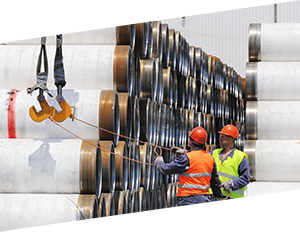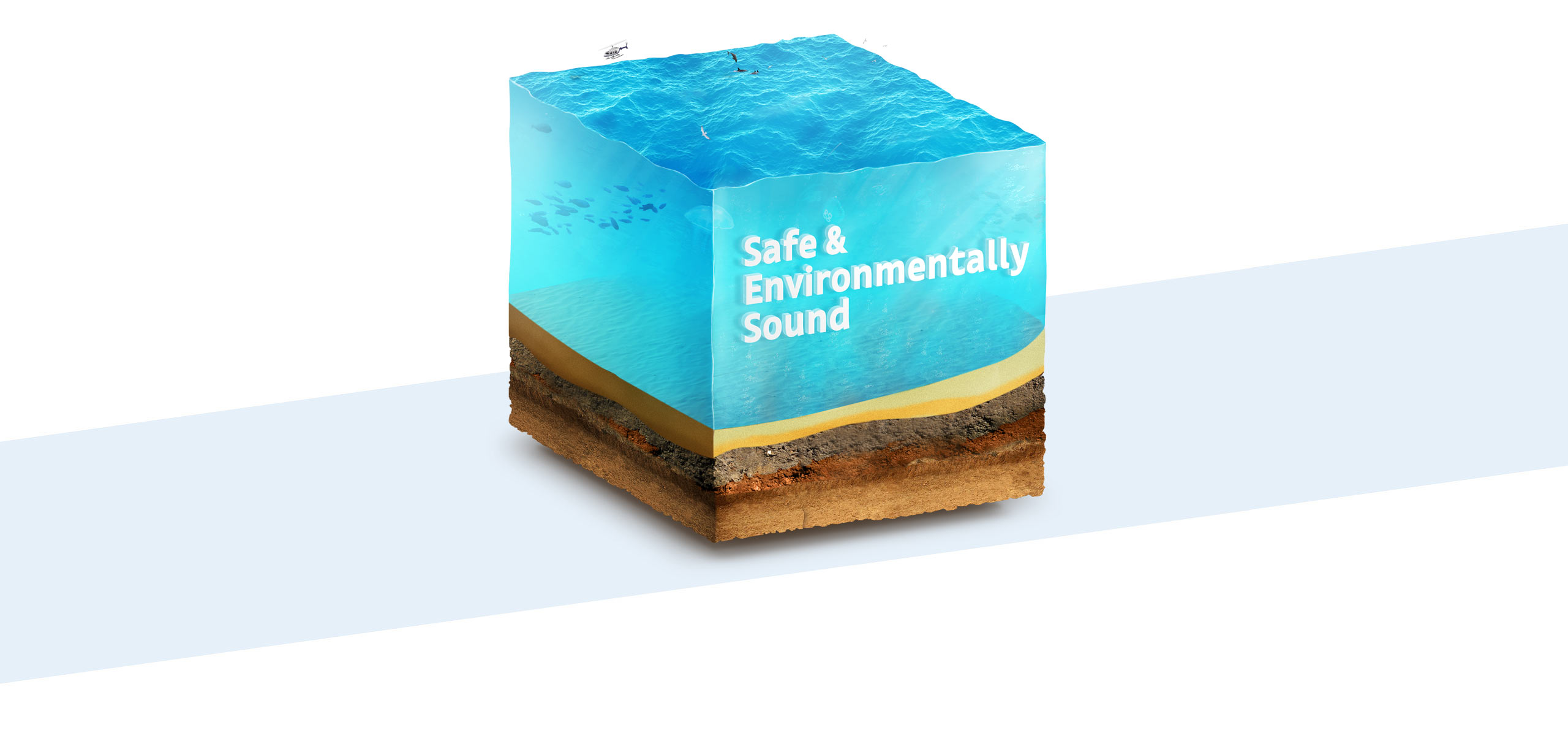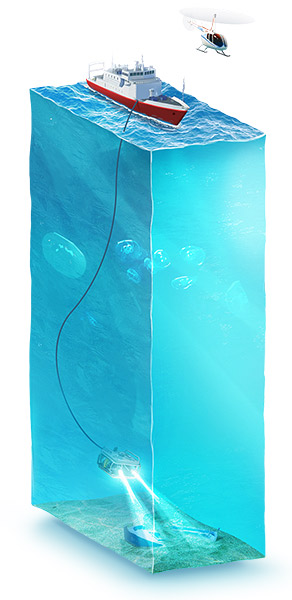At TurkStream, we have taken every measure to ensure safety and safeguard the environment during both construction and operations phases.
Environment
Health & Safety
Compliance with strict health, safety, security and environmental standards throughout all project stages.

Environmental Impact Assessments
Environmental Impact Assessments (EIAs) were carried out for both the offshore and the onshore segments of the project.
Environmental and social monitoring is undertaken throughout construction and operation to check that any impacts are in line with the forecasts in the EIA reports.



Environmental Impact Assessments
The TurkStream pipeline will start on the Russian coast near Anapa, and run through the Black Sea for nearly 230 km in Russian waters. Approximately 700 km of the pipeline will lie within the Turkish Exclusive Economic Zone
An excellent track recordTechnology has developed significantly since the first-ever underwater gas pipeline was built in the 1950s and offshore pipelines are now one of the safest and most efficient ways of transporting hydrocarbons such as natural gas. |
Environmental Impact AssessmentsWe have made significant investments in surveys and environmental and social studies to facilitate safe and optimum pipeline design. Part of this process has been carrying out national Environmental Impact Assessments (EIA). Working with international specialists on both sea and land, the EIA process helped us learn more about the potential impacts of the Project on the environment and the local community. Accordingly, we were able to develop strategies based on these assessments to enhance the Project’s positive impact and to reduce any potential adverse effects. We continue to adopt the necessary mitigation and management measures to enhance benefits and reduce adverse effects in the light of both these EIA reports and the outcomes of the environmental and social monitoring works. |

Finding the Best Route |
Protecting the Black Sea’s Cultural Heritage
|
||
|
Thousands of kilometres of offshore surveys have been performed to find the most suitable path to lay the pipeline across the Black Sea. After assessing different options, a route was chosen, and further surveys were conducted to optimize this route. |
Using modern survey techniques, engineers created a detailed profile of the seabed and analyzed the different soil types. Near the coast, the pipeline runs along the relatively shallow part of the sea called the continental shelf. At the so-called continental shelf break the Black Sea suddenly becomes deeper and the seabed plunges from about 80 to over 1,500 metres deep, creating a considerable challenge for the pipeline route. We took these challenges into careful consideration in the pipelaying process and successfully implemented the designed route. |
One of the remarkable characteristics of the Black Sea is that there is little to no oxygen below depths of around |
We are one of the first entities to survey the Black Sea bed in a |
